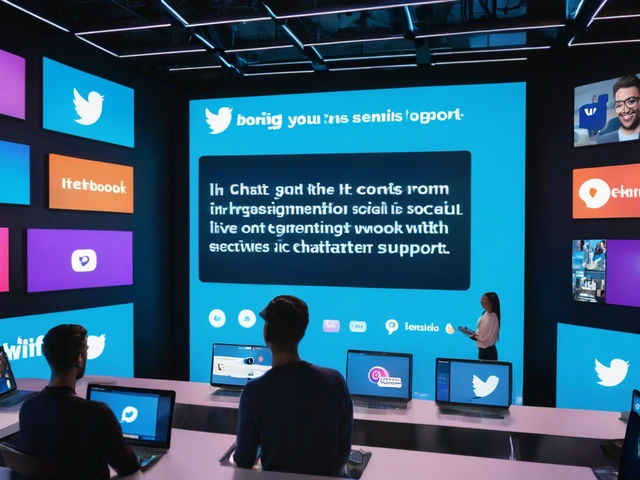PPC Advertising: How to Get Real Results Without Wasting Money
Pay‑per‑click (PPC) ads are a fast way to put your business in front of people who are already looking for what you offer. Unlike SEO, you don’t have to wait months for traffic – you pay only when someone clicks your ad, and you control the budget from day one.
Start Smart: Picking the Right Keywords
The first thing you need is a solid keyword list. Think like a buyer: what words would they type into Google to find you? Use tools like Google Keyword Planner or free alternatives to discover search volume and competition. Focus on long‑tail phrases (e.g., "affordable web design services") because they cost less and attract more qualified clicks.
Group similar keywords into tightly themed ad groups. This makes your ads more relevant, improves Quality Score, and lowers the cost per click (CPC). Keep the list short – 10 to 15 keywords per ad group is a good rule of thumb.
Write Ads That Actually Get Clicked
When you write the headline and description, speak directly to the searcher’s problem. Use numbers, offers, or urgent language – "Get 20% Off Today" works better than a bland statement. Include the main keyword in the headline; it signals relevance to both users and the ad platform.
Don’t forget the call‑to‑action (CTA). A clear CTA like "Book a Free Demo" tells the user what to do next and improves conversion rates.
Set a Realistic Budget and Bidding Strategy
Start with a daily budget you’re comfortable losing – you’ll learn a lot from the first few days. Choose a bidding method that matches your goal: "Maximize Clicks" works for traffic, while "Target CPA" (cost per acquisition) is better for sales.
Monitor the cost per click and adjust bids for high‑performing keywords. If a keyword is too expensive and brings few conversions, lower its bid or pause it.
Target the Right Audience
Geography, device, and time of day matter. If you run a local bakery, limit your ads to a 10‑mile radius. For B2B services, show ads on desktops during business hours. Use ad extensions – site links, call buttons, location info – to give extra value and increase click‑through rates.
Track, Test, and Tweak
Install conversion tracking (Google Ads, Meta Pixel, etc.) to see which clicks turn into sales or leads. Look at metrics like Click‑Through Rate (CTR), Cost per Conversion, and Return on Ad Spend (ROAS).
Run A/B tests on headlines, descriptions, and landing pages. Even a small change in wording can boost conversions by 10% or more. Keep testing regularly – the market moves fast.
Optimize Landing Pages
The ad is only half the battle. Your landing page must match the ad’s promise. Keep the headline consistent, load quickly, and have a single, clear CTA. Remove distractions and use social proof (testimonials, reviews) to build trust.
Use heat‑map tools to see where users click and scroll. If they drop off early, simplify the form or move the CTA higher on the page.
Scale What Works
When a campaign consistently delivers a good ROAS, increase its budget gradually – 20% increments are safe. Expand to new keywords or similar audiences but keep a close eye on performance.
PPC advertising isn’t magic; it’s a cycle of research, testing, and refinement. Follow these steps, stay curious, and you’ll see steady growth without blowing your ad spend.
Internet Marketing Mastery: 2025 Guide to Strategy, SEO, PPC & Content
A clear 2025 guide to internet marketing: strategy, channels, SEO, PPC, content, analytics, and growth. Actionable steps, budgets, benchmarks, and checklists.
Read





